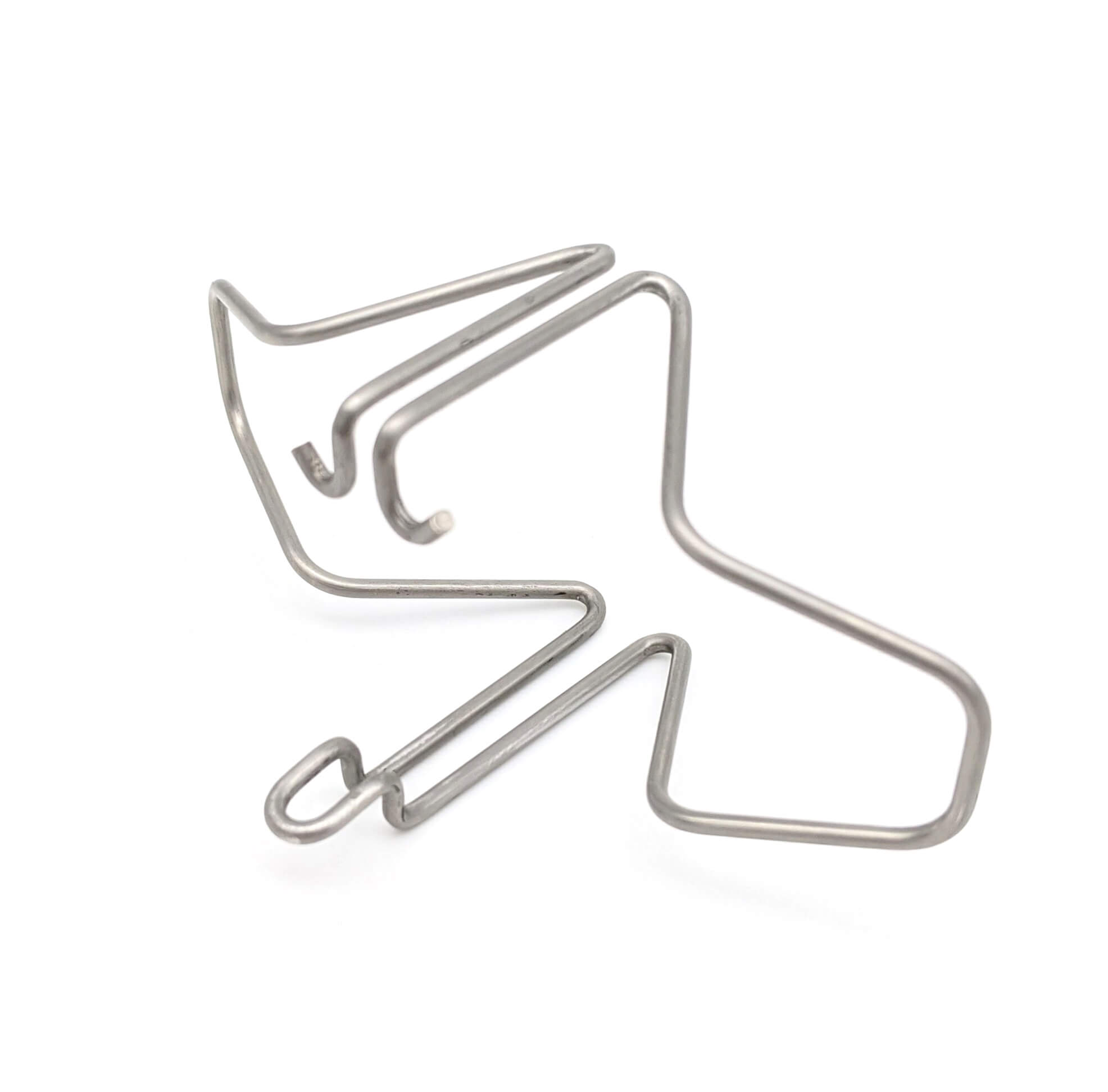Get unique, complex parts easily. No matter your requirements, Chaoyi Spring creates hard-to-produce coil springs and wire forms.
Let us help you create the custom wire form you need, from S-hooks and J-hooks to utility hooks and more.
We work closely with customers across a wide range of industries, helping them design and manufacture made-to-order parts.
Why choose Chaoyi Spring? We prioritize customer-focused collaboration, modern equipment and the latest technology to make your parts per print.
Find the information and guidance you need, from measuring a spring to learning about materials, placing an order and much more.
Compressed springs, also known as compression springs, are essential components in numerous mechanical systems, from automotive suspension to medical devices. Their ability to store and release energy efficiently makes them


Compressed springs, also known as compression springs, are essential components in numerous mechanical systems, from automotive suspension to medical devices. Their ability to store and release energy efficiently makes them invaluable for a wide range of applications. Understanding the fundamentals of compressed springs, including their design, material selection, and performance characteristics, is crucial for engineers and designers looking to optimize system efficiency and reliability.

Compressed springs are helical coil springs that are designed to resist compression forces. When a load is applied to the spring, it compresses, storing potential energy. Upon removal of the load, the spring returns to its original length, releasing the stored energy. This cyclic loading and unloading process makes compressed springs ideal for applications where shock absorption, vibration damping, or energy storage is required.
Compressed springs come in various types, each with unique characteristics and applications. Some common types include:
Designing an effective compressed spring involves several critical factors:
Compressed springs offer several advantages over other mechanical components, making them a preferred choice for numerous applications:
Compressed springs find applications in various sectors, including:
Choosing the right compressed spring for a specific application requires careful consideration of several factors:
Compressed springs are ubiquitous mechanical components playing a vital role in countless applications. Their ability to store and release energy efficiently, coupled with their durability and versatility, makes them indispensable for engineers and designers seeking to create reliable and efficient systems. Understanding the fundamentals of compressed springs, including their types, design considerations, and application areas, is crucial for optimizing system performance and maximizing efficiency.
As technology advances, the demand for compact, efficient, and reliable mechanical components like compressed springs will only increase. With careful consideration of their design, material selection, and application requirements, compressed springs will continue to play a vital role in shaping the future of mechanical systems across diverse industries.
Browse some of the custom wire forms and springs that we manufacture. Don’t see what you need? We specialize in made-to-order products that meet your application requirements.
Visit Our GalleryNeed a custom wire form or coil spring? We make it work. Fill out the contact form and a representative will respond within 1 business day. If you have a PDF or CAD file, you can submit to request a quote.